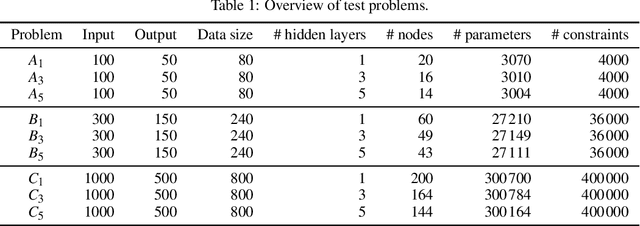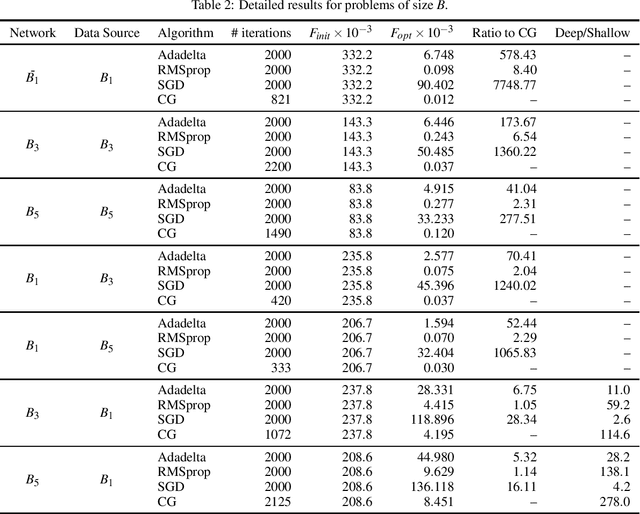Representational Capacity of Deep Neural Networks -- A Computing Study
Paper and Code
Jul 19, 2019


There is some theoretical evidence that deep neural networks with multiple hidden layers have a potential for more efficient representation of multidimensional mappings than shallow networks with a single hidden layer. The question is whether it is possible to exploit this theoretical advantage for finding such representations with help of numerical training methods. Tests using prototypical problems with a known mean square minimum did not confirm this hypothesis. Minima found with the help of deep networks have always been worse than those found using shallow networks. This does not directly contradict the theoretical findings---it is possible that the superior representational capacity of deep networks is genuine while finding the mean square minimum of such deep networks is a substantially harder problem than with shallow ones.
 Add to Chrome
Add to Chrome Add to Firefox
Add to Firefox Add to Edge
Add to Edge